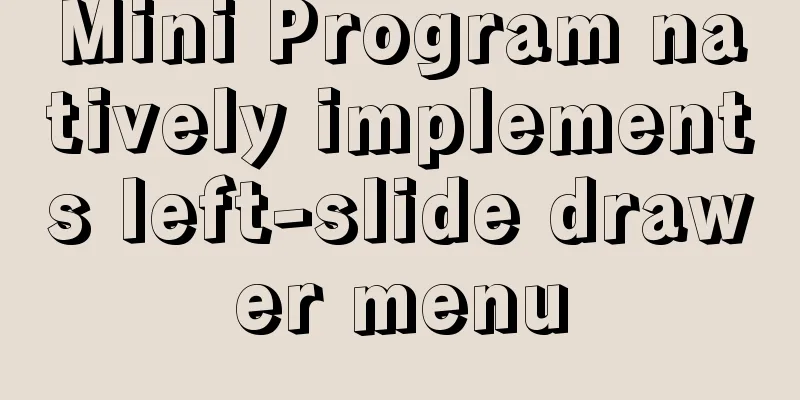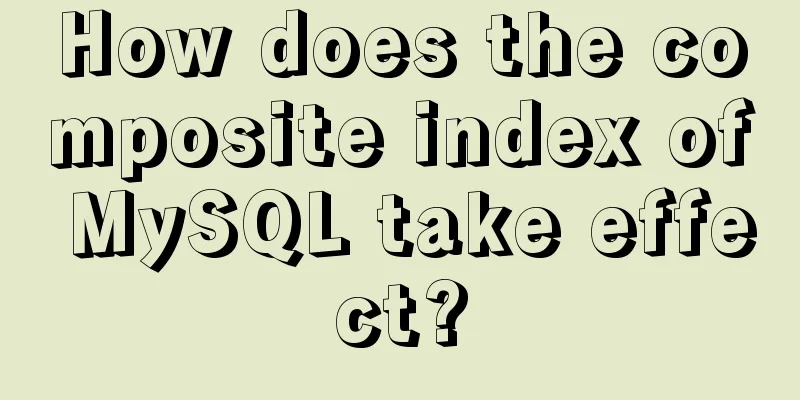Vue el-date-picker dynamic limit time range case detailed explanation

|
There are two situations 1. Start time and end time are in the same box (limited to this month only)
2. Separate the start time and end time into two boxes (limit the start time to not be earlier than the current time and the end time to not exceed one week from the start time)
//Case 1 Original Copyright Statement: This article is an original article by weixin_40998880 and complies with the CC 4.0 BY-SA Copyright Agreement. Please attach the original source link and this statement when reprinting. //Link to this article: https://blog.csdn.net/weixin_40998880/article/details/106272897 //html <el-date-picker v-model="time" type="datetimerange" @change="datePickerChange" :picker-options="pickerOptions" range-separator="-" start-placeholder="start date" end-placeholder="end date" align="right" style="width:100%;" value-format="yyyy-MM-dd HH:mm:ss" format="yyyy-MM-dd HH:mm:ss" :default-time="['00:00:00','23:59:59']"> </el-date-picker>
//script
data(){
return {
selectData: '',
pickerOptions: {
// When clicked, the start time is selected, which is minDate
onPick: ({ maxDate, minDate }) => {
this.selectData = minDate.getTime()
if (maxDate) {
// Remove restrictions this.selectData = ''
}
},
disabledDate: (time) => {
// Whether to limit the judgment condition if (!this.isNull(this.selectData)) {
var date = new Date(this.selectData)
// Here are the restriction conditions. Dates greater than or less than this month are disabled (try not to use this method, because this month of other years can also be selected. For specific restriction dates, refer to situation 2)
return date.getMonth() > new Date(time).getMonth() || date.getMonth() < new Date(time).getMonth()
} else {
return false
}
}
}
}
},
methods:{
// Check if it is empty isNull(value) {
if (value) {
return false
}
return true
}
}
//Situation 2
//html
<el-col :span="8">
<el-form-item prop="beginTime" label="Appointment start time:">
<el-date-picker
v-model="editForm.beginTime"
type="datetime"
placeholder="Select a start time"
:picker-options="pickerOptions[0]"
value-format="yyyy-MM-dd HH:mm:ss"
:default-time="defaultTime[0]"
>
</el-date-picker> </el-form-item
></el-col>
<el-col :span="8"
<el-form-item prop="endTime" label="Appointment end time:">
<el-date-picker
v-model="editForm.endTime"
type="datetime"
placeholder="Select a start time"
:picker-options="pickerOptions[1]"
value-format="yyyy-MM-dd HH:mm:ss"
:default-time="defaultTime[1]"
>
</el-date-picker> </el-form-item
></el-col>
//script
data(){
return {
selectData: '',
defaultTime: [],
pickerOptions: [
{
disabledDate: time => {
const curDate = new Date().getTime();
const day = 14 * 24 * 3600 * 1000;
const dateRegion = curDate + day;
return (
time.getTime() < Date.now() - 8.64e7 ||
time.getTime() > dateRegion
);
}
},
{
//Restrict the end time to one week after the start time disabledDate: time => {
// Whether to limit the judgment condition const date = new Date(this.editForm.beginTime);
if (!this.isNull(date)) {
const day = 7 * 24 * 3600 * 1000;
const dateRegion = date.getTime() + day;
return (
//Disable dates that are less than the start time and one week after the start time new Date(time).getTime() > dateRegion ||
new Date(time).getTime() < date.getTime()
);
} else {
return false;
}
}
}
],
}
},
methods:{
// Check if it is empty isNull(value) {
if (value) {
return false
}
return true
},
//Get the current time and add the default value when selected getNowTime() {
let d = new Date();
let year, month, day, hour, minute;
//Ten minutes after the current time d.setTime(d.getTime() + 10 * 60 * 1000);
[year, month, day, hour, minute] = [
d.getFullYear(),
d.getMonth(),
d.getDate(),
d.getHours(),
d.getMinutes()
];
let hour2 = hour + 1;
//The default value when the start time is selected is ten minutes after the current time //The default value when the end time is selected is one hour and ten minutes after the current time this.defaultTime = [
hour + ":" + minute + ":00",
hour2 + ":" + minute + ":00"
];
},
}This is the end of this article about the detailed case of vue el-date-picker dynamically limiting the time range. For more relevant vue el-date-picker dynamically limiting the time range content, please search 123WORDPRESS.COM's previous articles or continue to browse the following related articles. I hope everyone will support 123WORDPRESS.COM in the future! You may also be interested in:
|
<<: Detailed introduction to Mysql date query
>>: Analysis of multi-threaded programming examples under Linux
Recommend
Implementation example of Docker deployment of front-end and back-end separation projects
Table of contents 1. Environmental Preparation 2....
How to write configuration files and use MyBatis simply
How to write configuration files and use MyBatis ...
MySQL string splitting example (string extraction without separator)
String extraction without delimiters Question Req...
In-depth understanding of JavaScript callback functions
Table of contents Preface Quick Review: JavaScrip...
How to count down the date using bash
Need to know how many days there are before an im...
How to deploy Angular project using Docker
There are two ways to deploy Angular projects wit...
Detailed explanation of data sharing between Vue components
Table of contents 1. In project development, the ...
Web design reference firefox default style
Although W3C has established some standards for HT...
Detailed explanation of the mysql database LIKE operator in python
The LIKE operator is used in the WHERE clause to ...
JavaScript to achieve full or reverse selection effect in form
This article shares the specific code of JavaScri...
Introduction and analysis of three Binlog formats in MySQL
one. Mysql Binlog format introduction Mysql binlo...
Detailed explanation of the differences between var, let and const in JavaScript es6
First, a common question is, what is the relation...
MySQL semi-synchronous replication principle configuration and introduction detailed explanation
Environment Introduction: Ubuntu Server 16.04.2+M...
Display ellipsis effect when table cell content exceeds (implementation code)
illustrate In front-end development, you often en...
How to reduce the root directory of XFS partition format in Linux
Table of contents Preface System environment Curr...











